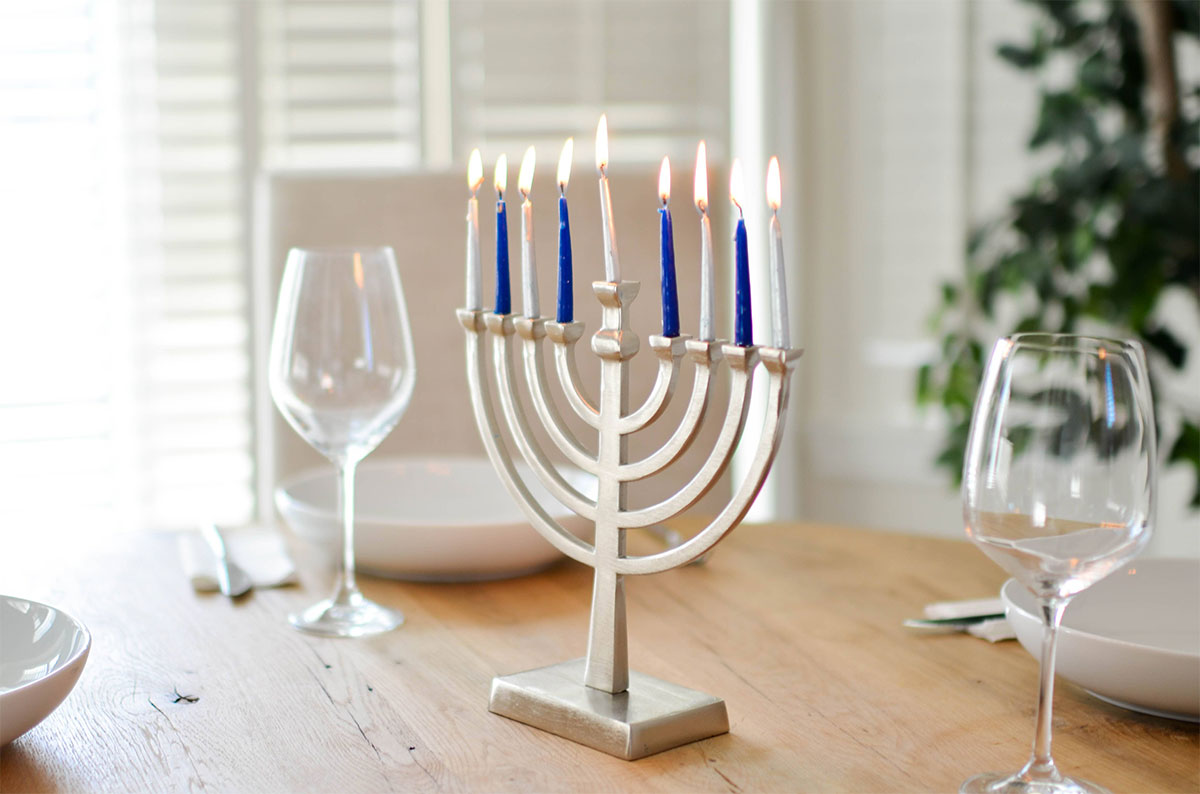
Hanukkah, also known as the Festival of Lights, is a holiday celebrated by Jewish custom in November-December.
The Story of Hanukkah
The holiday commemorates the re-dedication of the Jewish Temple in the 2nd century BCE, after the Maccabee's revolution against occupying forces. As the story goes, there was only enough oil to light a symbolic candelabrum - or menorah - for one night, although it would need continuous burning by tradition. The miracle occurred when the menorah continued to stay lit on that small amount of oil for the full 8 days it took to create more. Thus, we are given the 8-day celebration of Hanukkah.
Traditional Hanukkah Celebration
The Menorah
Hanukkah, as a religious celebration, contains many traditional elements. Most important of them is the menorah: a specially designed 9-branch candelabra which holds the 8 symbolic candles for the 8 days of the feast, and the 9th candle used for lighting. For each night of the holiday, another candle is lit, until on the last night the full lamp is illuminated.
Dreidels
One of the other common symbols of Hanukkah is the dreidel, a four-sided wooden spinning top. Dreidel is a traditional holiday game played by children and adults alike, all you need is a dreidel and a "pot" of goodies, whether coins or candy. The sides of the top are marked with Hebrew letters, each of which has a meaning and directive for the player who lands on it. The result of your spin determines whether you take a game piece from or give a piece to the center pot. The person who ends up with the entire pot wins. There is even a traditional song about the game!
Gelt
Another noted part of Hanukkah is gelt, a traditional gift of chocolate coins given to children. As one of the common game pieces used in the dreidel game, it is another integral part of the holiday.
Since many families will exchange gifts on Hanukkah, the holiday is commonly referred to as “the Jewish Christmas”. However, it is very much its own independent entity. It is an important part of the Jewish culture and a piece of our rich history.